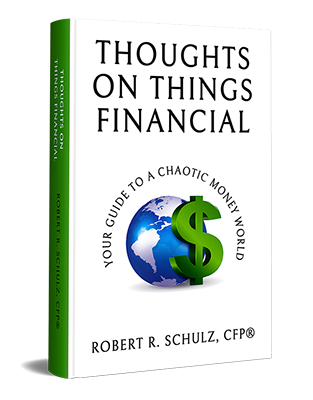
I had a new client in the office this morning whose situation lends itself perfectly to a Roth conversion. They are 53 years old and have almost 2 million dollars in 401(k) and IRA retirement account funds. All of their 401(k) and IRA money is tax-deferred, meaning, they received a tax deduction in the years they contributed but will have to pay taxes at ordinary income tax rates when they distribute the accounts to themselves during retirement.
A requirement of regular 401(k) and IRA money is that you MUST start taking distributions, called required minimum distributions (RMDs) by age 72. Taking into account return and expected distributions prior to age 72, we estimated that their required minimum distributions will exceed $200,000 per year.
They will have to pay ordinary income tax on those distributions and any other income they receive, like pension payments and Social Security. Interestingly, their taxable income in retirement will greatly exceed their current taxable income. Their current taxable income comes in at the top of the 12% tax bracket. We estimate their retirement income will push through the 24% tax bracket during retirement.
Clearly, it does not make sense for them to pay higher taxes at higher rates on a much higher amount later if they can help it. Not to mention, Medicare Part B premiums are dependent upon taxable income in retirement and could be double or even triple the base premium for this client based upon these numbers.
This situation is perfect for a Roth conversion. In a Roth conversion, you “fill up” the 22% tax bracket by converting IRA and/or 401(k) tax-deferred savings into Roth savings. Basically, it’s just a transfer from one type of retirement account to another, but it’s a taxable transfer. They will pay ordinary income tax on what they convert each year until age 72. This will reduce the amount of money they have in tax-deferred IRAs and 401(k), thus reducing their RMDs, taxable income, and tax rate later in retirement.
As they convert into and invest their Roth accounts, the investment gains in these accounts grow tax-free, even for their heirs if certain conditions are met.
Hopefully, through this example, you can see how important Roth conversions can be when most of your retirement assets are tied up in tax-deferred IRAs and 401(k)s. Spreading out your investments into different types of accounts that get taxed differently can make a huge difference in your retirement success.

